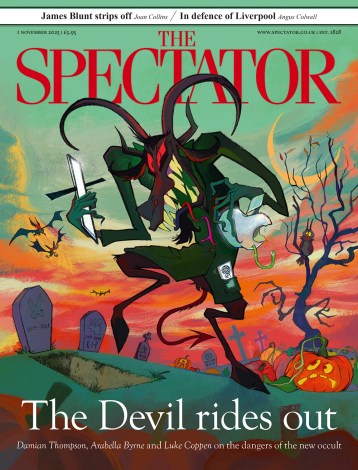Kapka Kassabova is celebrated for her poetic accounts of rural communities dwelling at the margins of modernity, but also along a border zone in the southern extremity of her native Bulgaria. In her previous book, Elixir, her chosen people were the Muslim Pomaks of the Rhodope Mountains, with their ancient herbalist traditions. In Anima, she explores the world of transhumance pastoralists, known in Bulgarian as the Karakachan and in Greek as the Sarakatsani.
It is not so long ago that the Greek component of this extraordinary sheep-herding tribe acquired cultural cachet in this country. American and English anthropologists hurried off to study and write about them (notably J.K. Campbell in Honour, Family and Patronage, 1964). In the first quarter of his book Roumeli, Patrick Leigh Fermor described a romantic encounter with a Sarakatsani wedding party. What these writers reflected was a deep regret for the waning of nomadism in the European landscape. Kassabova catches here the dying echo of its last voices.
Transhumance may be recognised by Unesco as an intangible expression of human heritage, but it is almost entirely extinguished as a lifestyle. Even the people with whom the author resides and whose lives she describes with enormous sympathy and insight are not themselves nomads. They are largely well-educated Bulgarian ecologists, motivated to salvage a trinity of domesticated animals which have long been the foundation of the Karakachan way of life. These are an indigenous, now endangered, breed of horse; the curly-horned Karakachan sheep (which, the author suggests, may be some of the oldest genetic stock in the world); and lastly their dogs.
About a dozen of these dogs, which are themselves called Karakachan, are permanent extras in Anima. They frequently loom up to cover the author’s legs in slobber or nip her ankles. In fact there is barely a person named who isn’t bitten by them, and ironically it is this aggression that Kassabova cherishes. These huge hounds, which probably gave rise to Aristotle’s account of the ‘Molossus’ – the war dog from the Epirus mountains, that could take on and overwhelm lions and elephants – are easily a match for bears and wolves.
Karakachan herders traditionally kept them in packs to surround and defend their livestock and, as a consequence, these dogs are party to a deep symbiosis with Bulgaria’s brown bears and wolves. The canines keep sheep predation at bay. They therefore permit attitudes of tolerance and acceptance among the local shepherds and farmers, so that bears, wolves and sheep can all thrive in one place.
Kassabova makes it clear that what has really destroyed the pastoral lifestyle is the ‘wolf’ of modern society. Greek and Bulgarian nationalists imposed arbitrary physical boundaries. The communists reduced the Karakachan to penury by stealing their flocks for collective state farms. The proponents of intensive agriculture have now bred animals that have no relationship with place, no resistance to disease, and are ‘used as food machines, trophies and toys’. The former way of life, according to Kassabova, ‘is collapsing: genetically, ecologically, economically and ethically’. Her hope is for a return to the past virtues and historic breeds of the nomads.
The communists reduced the Karakachan to penury by stealing their flocks for collective state farms
There is undoubtedly an element of romance in Kassabova’s arguments, but she is herself iron-hard and courageous, both on the page and in life. The pastoral regime she describes ‘requires three things: liking your own company, liking the animals and liking the outdoors – plus not being afraid of anything’. She acknowledges her own fear of bears, and her account of high-altitude shepherding is filled with tales of casual death for animals and people, of alcoholism, broken relations and lost dreams.
In many ways Anima is a book devoted to conflict, not merely because the shepherd’s life is one of solitude and hardship, where the average day is 12 hours of work and a salary of €6,000 a year. Roaming across the high pastures, Kassabova sees all our lives with clarity. The ‘lower’ and ‘upper’ worlds become shorthand for a dichotomy at play both in her text and among the wider pastoral community. The book’s vision hinges on the tension between a realm of mountains, animals, sun and sky and an underworld in which most of us experience increasingly interior lives, in a ‘culture of deep fakes’ circling inside cyberspace. ‘We are,’ she writes ‘a monoculture. Like those fields of single crops that go on for miles. The single crop is Anthropos. We have built a flat, boring world for ourselves on top of the original one.’
She suggests that atop her mountain, attending to sheep, dogs and howling wolves, is the real world. ‘The higher you went,’ she writes, ‘the harder physical survival became; the more equal you felt to everything. Persons disappeared and essence remains. There is just one essence in all of life. Anima.’







Comments